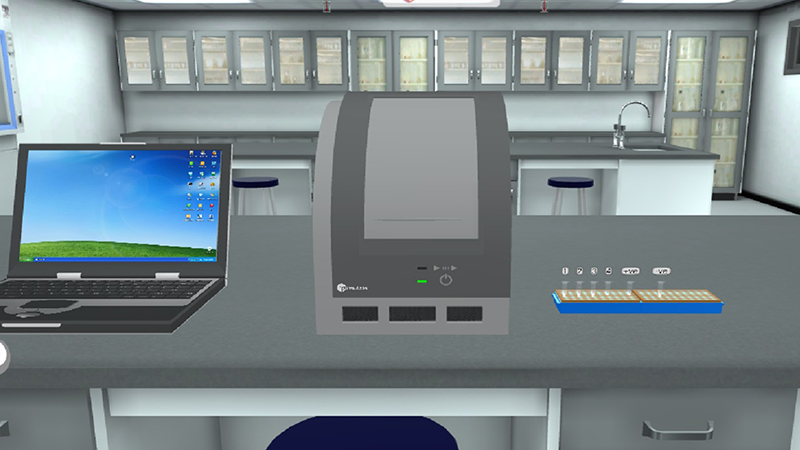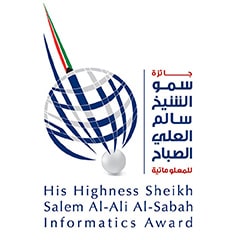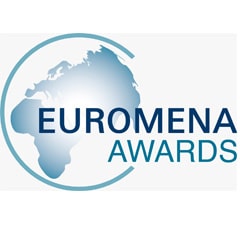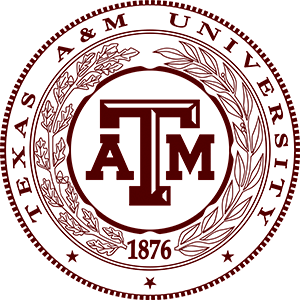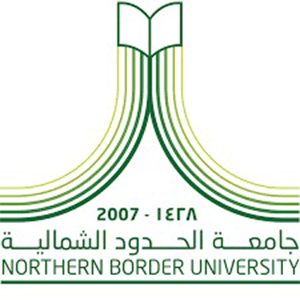The polymerase chain reaction (PCR) is one of the most reliable and widely used technologies in molecular biology. In conventional PCR, detection and quantification of the amplified sequence can only be accomplished after the last PCR cycle where a subsequent step must follow to visualize the PCR products using gel electrophoresis and image analysis.
In real time PCR procedure, PCR products (amplicons) are dyed fluorescently and measured at each cycle. This allows the monitoring of the progress of the PCR reaction as it occurs; hence called: real time. A threshold cycle is the cycle number at which the fluorescent signal of the reaction crosses the threshold then through the standard curve the concentration of each sample could be calculated.
There are two types of fluorescent chemistries for this purpose:
- Double stranded DNA-binding dyes (SYBR Green I dye). This is the one used in this set up. Nonspecific fluorescent dye SYBR binds to double-stranded DNA, increasing their fluorescence signal 20–100-fold.
- Fluorescently labeled sequence specific probe/primer (TaqMan® hydrolysis probe).
Taq DNA polymerase is associated with 5_nuclease activity which:
- Degrades DNA bound to the template, downstream of DNA synthesis.
- Results in FRET: Fluorescent resonance energy transfer. The emissions of a fluorescent dye is diminished by another dye, called the quencher.
FRET can be illustrated in the form of 2 fluorescent dyes: green and red. The green fluorescent dye has a higher energy of emission (shorter wavelength) compared to the red one. When the red dye is far from the green one, the green dye can emit its full signal. When the red dye comes close to the green dye, the green emission energy is transferred to the red dye; hence, the green dye will be “quenched.”
Real Time PCR Applications:
- Gene expression profiling: Assessment of the relative abundance of transcripts to determine gene expression patterns between samples. Experiment set up should consider optimum RNA quality, efficient reverse transcription and real time PCR protocols.
- Viral titer determination assays: To quantify viral copy number in samples. This is often accomplished by comparison to a standard curve generated using known genome equivalents or nucleic acid harvested from a tittered virus control.
- Genomic profiling: The genome is analyzed for duplications or deletions.
- Allelic discrimination: to detect zygozity of the genome.
